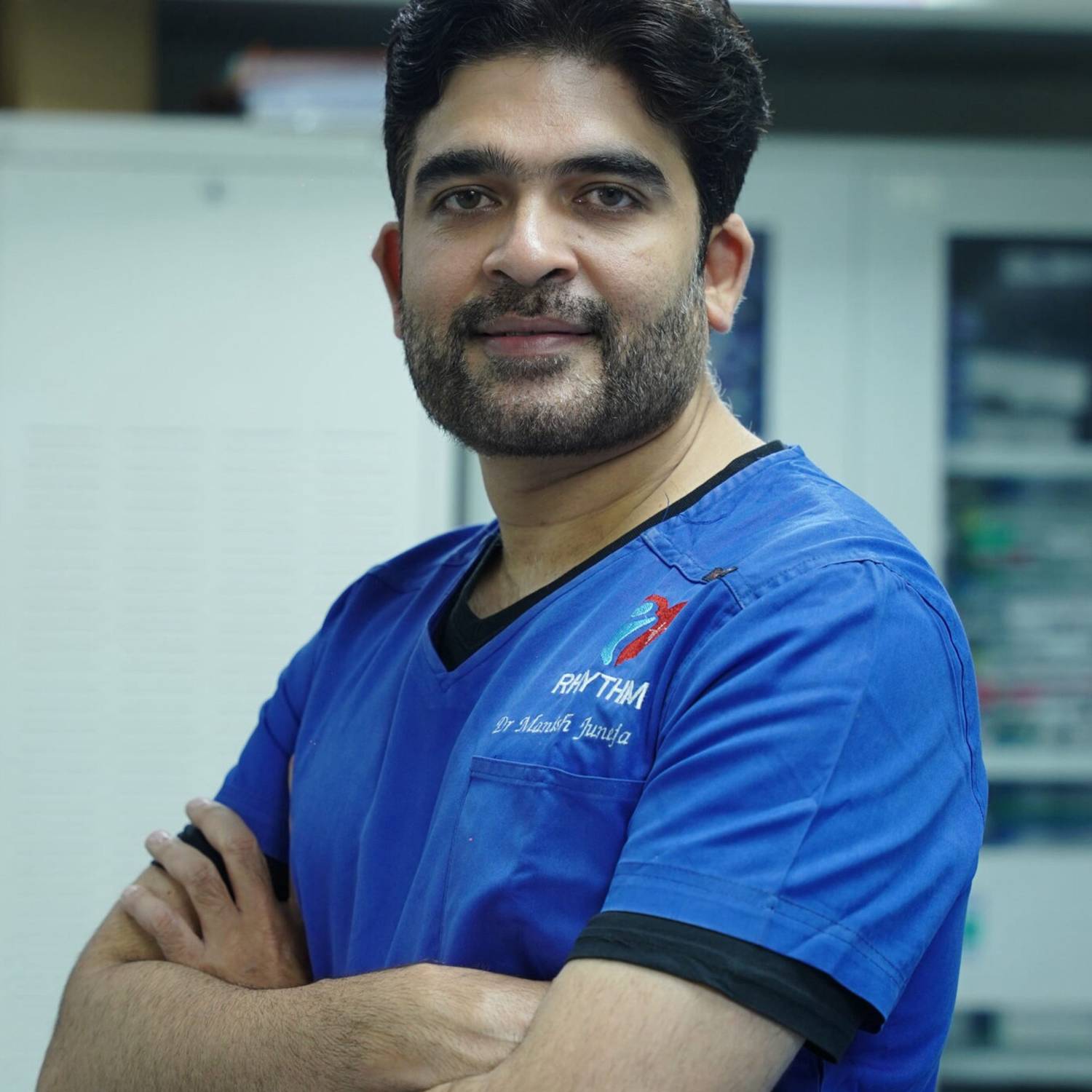Understanding CRT-D Therapy: A Lifesaving Intervention for Heart Patients

In the realm of cardiac care, technological advancements have created powerful solutions for individuals with severe heart conditions. One such life-altering device is the Cardiac Resynchronization Therapy Defibrillator, or CRT-D. For patients in India suffering from heart failure and irregular heart rhythms, a CRT-D can significantly improve quality of life and reduce the risk of sudden cardiac arrest. However, a primary concern for most patients and their families is understanding the Crt D Cost In India. This article breaks down the components that influence this cost and the financial avenues available.
What is a CRT-D Device?
A CRT-D is a sophisticated implantable device that combines two functions. First, it acts as a pacemaker to coordinate the contractions of the heart's ventricles (the lower chambers), improving the heart's pumping efficiency—this is the Cardiac Resynchronization Therapy (CRT) part. Second, it contains an implantable cardioverter-defibrillator (ICD) that continuously monitors the heart rhythm. If it detects a dangerously fast and chaotic rhythm (arrhythmia), it delivers a shock to reset the heart back to its normal rhythm, preventing sudden death.
Breaking Down the CRT-D Cost In India
The Crt D Cost In India is not a single figure but an amalgamation of several expenses. The total typically ranges between ₹ 4,00,000 and ₹ 12,00,000 or even higher. This wide variation depends on multiple factors:
-
The Device Cost: This is the most significant component, accounting for 60-70% of the total expense. Imported devices from leading international manufacturers (like Medtronic, Abbott, Boston Scientific) are more expensive than Indian-made devices. The device's features, battery life, and technological sophistication also affect the price.
-
Hospitalization and Procedure Charges: This includes the cost of the operation theatre, the cardiologist's and surgeon's fees, anesthesia, nursing care, and the hospital room for the duration of the stay (usually 2-3 days).
-
Diagnostic Tests: Prior to implantation, a series of tests are essential, including echocardiograms, blood tests, electrocardiograms (ECG), and angiograms. These add to the overall cost.
-
Geographical Location: The Crt D Cost In India is generally higher in metropolitan cities like Mumbai, Delhi, and Bangalore compared to tier-2 or tier-3 cities, due to higher operational costs for hospitals.
Factors Influencing the Final Price Tag
-
Type of Hospital: The choice between a public government hospital, a private nonprofit, or a corporate multi-specialty private hospital dramatically impacts the cost. Private hospitals offer superior amenities and shorter waiting times but at a premium.
-
Doctor's Expertise: The fee of a highly renowned and experienced cardiologist or electrophysiologist will be on the higher end.
-
Post-Implantation Care: Follow-up consultations, device monitoring (often remote), and potential medication adjustments contribute to the long-term cost of owning a CRT-D.
Managing the Financial Burden: Insurance and Schemes
The high Crt D Cost In India can be daunting, but financial assistance is available:
-
Health Insurance: Most comprehensive health insurance plans cover the cost of a CRT-D implantation as it is a therapeutic procedure. It is crucial to check your policy's sum insured, sub-limits on devices, and co-payment clauses. Cashless facilities can be availed at network hospitals.
-
Government Health Schemes: Schemes like Ayushman Bharat (PM-JAY) provide coverage for CRT-D implantation for eligible families, significantly reducing out-of-pocket expenses. Various state government schemes also offer support.
Conclusion: An Investment in Life
While the Crt D Cost In India is substantial, it is vital to view it as a critical investment in long-term health and survival. The device offers patients with heart failure a chance to lead a more active and secure life, free from the constant fear of a sudden cardiac event.
By consulting with a cardiologist, comparing costs across hospitals, and thoroughly exploring insurance options, patients can navigate the financial aspects and access this remarkable, lifesaving technology.
- Art
- Causes
- Crafts
- Dance
- Drinks
- Film
- Fitness
- Food
- Games
- Gardening
- Health
- Home
- Literature
- Music
- Networking
- Other
- Party
- Religion
- Shopping
- Sports
- Theater
- Wellness


